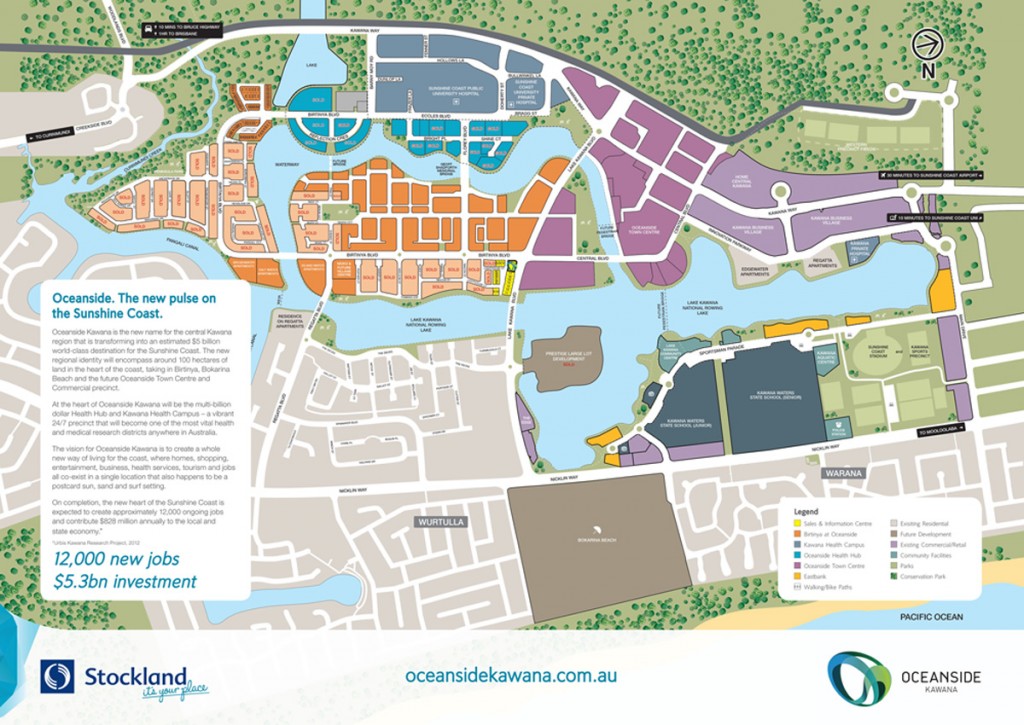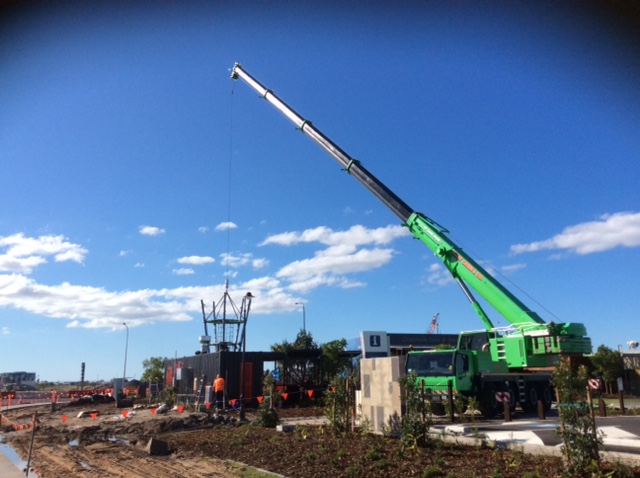“
Urbis has been working on a number of concepts that facilitate and manage risk factors of significant playgrounds. Obviously there are risks everywhere, and everything needs to be compliant with building codes and the various state regulations, however, there is plenty of room in between.
An interesting trend is the growing emphasis on advanced, nature-based and adventure-based children’s play areas and equipment. There has always been an acknowledgement through the inclusion and design of playgrounds that children’s play is important to building a community space.
Controlled risk in community spaces
Somewhat surprising is a current trend that incorporates controlled ‘risk’ into these community spaces. We believe this trend came about through the Queensland Government’s roll out of all abilities playgrounds throughout the state. Because the industry had been so risk adverse in the design of playground areas, children and adults alike were not learning from their own play experiences. Risk is a really important element of our learning process, it teaches us what to do, what not to do, it teaches us what our boundaries are and how we can push them. Many of the delivered state-wide all abilities playgrounds illustrate a desire to not ‘bubble wrap’ children and provide the freedom to learn from play.
Urbis has been working on a number of concepts that facilitate and manage risk factors of significant playgrounds. Obviously there are risks everywhere, and everything needs to be compliant with building codes and the various state regulations, however, there is plenty of room in between.
Similarly, there have been a number of projects Urbis has worked on where play facilities have been thematically strong, and much deeper than just putting a swing in the middle of a park. In most instances, communities seem to gravitate to larger areas of delight, with features such as giant trampolines or towers.
These features are attractive to young families, but also because they can be quite iconic in their own right, and can become really important parts of a place-making framework.
Sharing facilities
The idea of shared facilities is actually quite an interesting one.
Sharing facilities means that you won’t have an enormous tract of land that’s been locked up and not really being used effectively. After all, there is nothing that says a traditional school oval has to be a school oval all the time. It can be a park for weekend markets, or more publicly accessible at other times of the week when it isn’t actually used as a school field.


